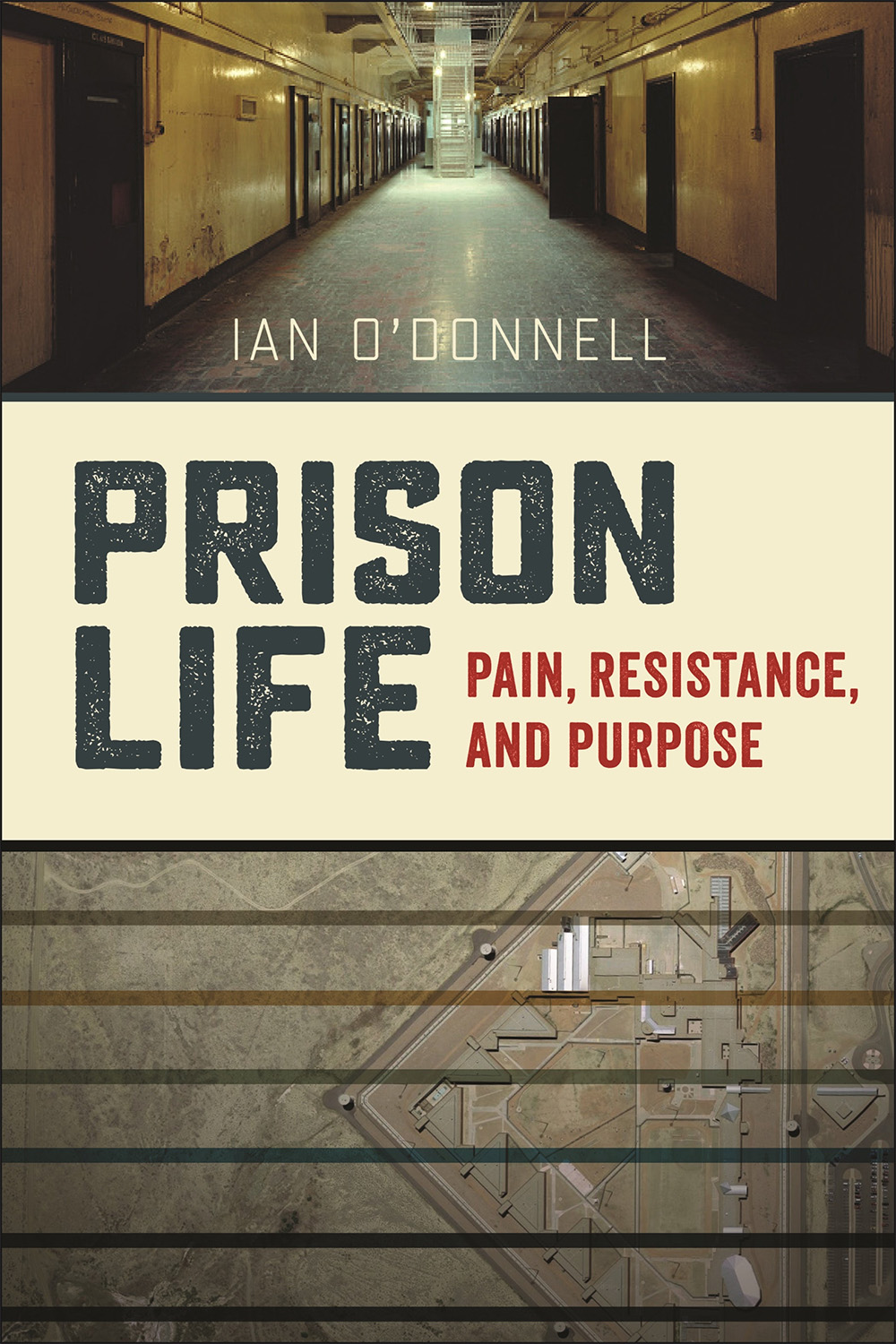Review: Fascinating prison experiences revealed

Douglas Thomson reviews a new book by Ian O’Donnell, professor of criminology at University College Dublin, examining four very different prison regimes.
In this book, Professor Ian O’Donnell visits and investigates four very different prison environments, all considerably unlike those within the mainstream European model, and questions the assumption that prisons share a number of basic similarities regardless of their time, place and express purpose.
He examines the relationships — or lack of relationships — between inmates and staff and questions how social organisations work, and should work, within a carceral environment.
The establishments studied are:
- the republican wings within the H Blocks at the Maze Prison in Northern Ireland, where the prisoners, defining themselves as prisoners of war rather than convicted offenders, did not recognise staff authority and created their own administrative structures, some studying political education and developing a charter named after the Frelimo movement in Mozambique;
- the Eastham Unit in Texas, where state regulation is low, the prison population divides itself on racial and linguistic lines, and order was maintained by a cohort of prisoners being granted the “status” of building tenders, with semi-official authority to oversee and control other prisoners, including by use of violence;
- an unspecified Ethiopian prison given the name “Isir Bet”, where despite massive overcrowding within the dormitories prisoners retain a semblance of normal life, with the ability to engage in productive trade and to retain some family contact; and
- ADX Florence in Colorado, a “Supermax” prison that houses the most disruptive and violent inmates in the entire US prison system in conditions that seem, even having regard to the violence of the prisoners, quite astonishing in their lack of recognition of human interaction; prisoners are kept in solitary confinement, with no meaningful interaction at all with other staff or prisoners, resulting in many prisoners inflicting grievous harm on their own bodies, including several deaths by suicide.
Focussing on such diverse establishments does allow the author to reflect in detail on the way staff and inmates do interact, and how prisoners and correction staff make sense of their experiences.
It is clear that there is no similarity at all between the ethos governing Isir Bet, with its emphasis on productivity and communal living, and that in the Supermax, where it has taken long and hard-fought action in the American courts before there is even some recognition of the effect of conditions on prisoners’ mental health.
Prisoners in the Maze and Isir Bet retained a geographical and cultural and sometimes religious connection to their communities, while even those US-born prisoners in ADX Florence are often over 1,500 miles from their families and have no contact beyond occasional phone calls.
The author recognises that prisons cannot be detached completely from the wider world, and that prisons reflect to an extent the society outside; the H Blocks were run on military lines at a time when the Provisional IRA saw itself and its community as at war, Isir Bet emphasised religion, solidarity and collectivism, Eastham reflected the deep social and racial divides mirrored outside, and ADX Florence is the logical conclusion of a society that views lifelong punishment as a desirable goal.
The book is certainly not without interest, and some of its vignettes of life in custody are fascinating, but ultimately I found the unusual and frankly brutal nature of the American establishments detracted somewhat from the idea that this was a book about prison life as it is generally understood. To a reader familiar with even the highest security establishments in the UK, much of the book was so alien to general experience that it became of academic, rather than practical, interest.
Prison Life: Pain, Resistance and Purpose by Professor Ian O’Donnell. Published by NYU Press, 304 pp.









